Utterly shocked to see a 300-pound bear walking into his kitchen Tuesday evening, Jason Wightman first did what many people would do when face-to-face with a wild animal: pull out his phone and talk to it.
“Hello, are you nice?” he said in the recording. “You’re in my house. Get out of my house.”
An Unexpected Visitor in Sierra Madre

Wightman lives in Sierra Madre, a town nestled at the base of the San Gabriel Mountains, which is often filled with bears looking to forage after hibernating for the winter. The small town, known for its scenic beauty and close-knit community, has become accustomed to wildlife encounters, but this one was particularly startling.
“I don’t even remember what I was saying,” Wightman said. “It was happening so fast. There was a bear in my kitchen.”
Rising Bear Sightings

Last year, Sierra Madre recorded over 370 bear sightings, with 70 of the wild animals entering people’s houses. Halfway through 2024, residents have reported over 100 bear sightings, with three ending up inside homes, according to Deputy City Manager Laura Aguilar. She believes that the number may have dropped because the city provided bear-resistant trash cans and implemented a ban on feeding wild animals.
However, City Hall is concerned that the progress made could be at risk. In 2021, the state legislature approved one-time funding to provide four human-wildlife conflict specialists to the area. The funding for three of the positions is set to run out.
“That would be just detrimental for Sierra Madre and all the neighborhoods in the neighboring cities,” Aguilar said.
The Role of Wildlife Conflict Specialists

The specialists are responsible for taking reports and following up on wildlife encounters, as well as outreach and education. Department of Fish and Wildlife spokesman Tim Daly assured that these duties will not disappear entirely.
“There’s still a lot of staff at Fish and Wildlife that will still deal with these situations and especially when there’s an emergency concern or safety concern,” he said. “We still have people doing much of this work.”
The Bears’ Departure and Wightman’s Reflection

The bear walked out of Wightman’s kitchen and into the backyard, where a second bear was waiting. Both climbed over a wall and disappeared.
“They are cute animals, but they don’t have a cute disposition,” Wightman said. “Their disposition can change on a dime.”
A Call for Better Wildlife Management
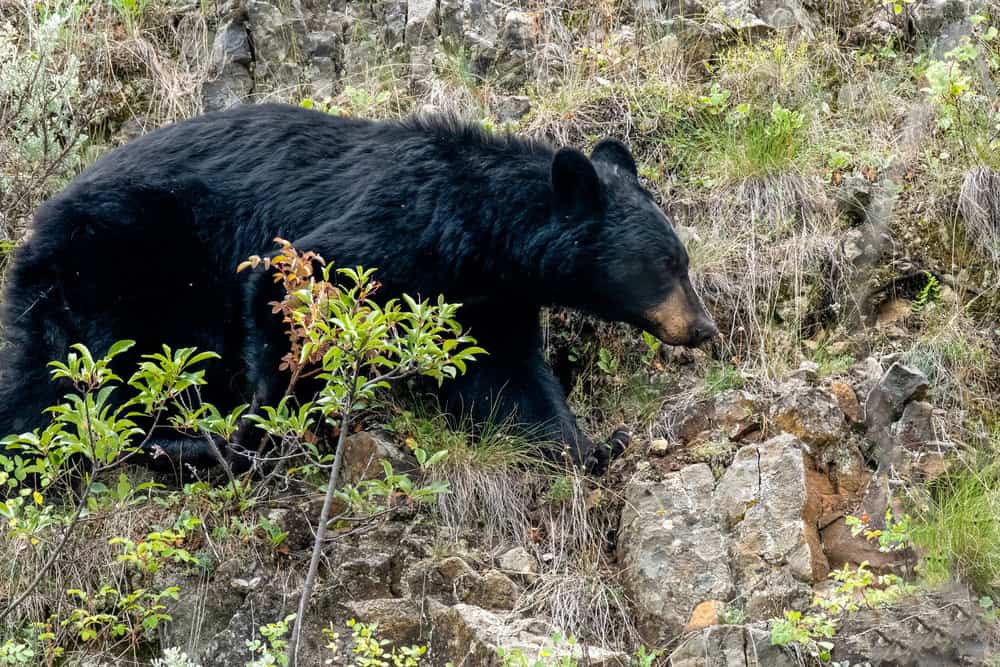
Just this week, the Los Angeles County Board of Supervisors voted to issue a unified call for state officials to develop a regional plan to address adequate staffing for public encounters with wildlife. This move highlights the need for a coordinated effort to manage the increasing interactions between humans and wildlife in the region.
Reporting Wildlife Encounters

Fish and Wildlife encourages anyone who runs into bears and other wildlife to report it on their website. This helps the authorities track and manage wildlife activity, ensuring both human and animal safety.
The incident in Wightman’s kitchen serves as a stark reminder of the delicate balance between urban living and wildlife habitats. As Sierra Madre and surrounding areas continue to navigate this coexistence, effective wildlife management and community education will be crucial in maintaining safety and harmony.
1. What types of bears are found in California?
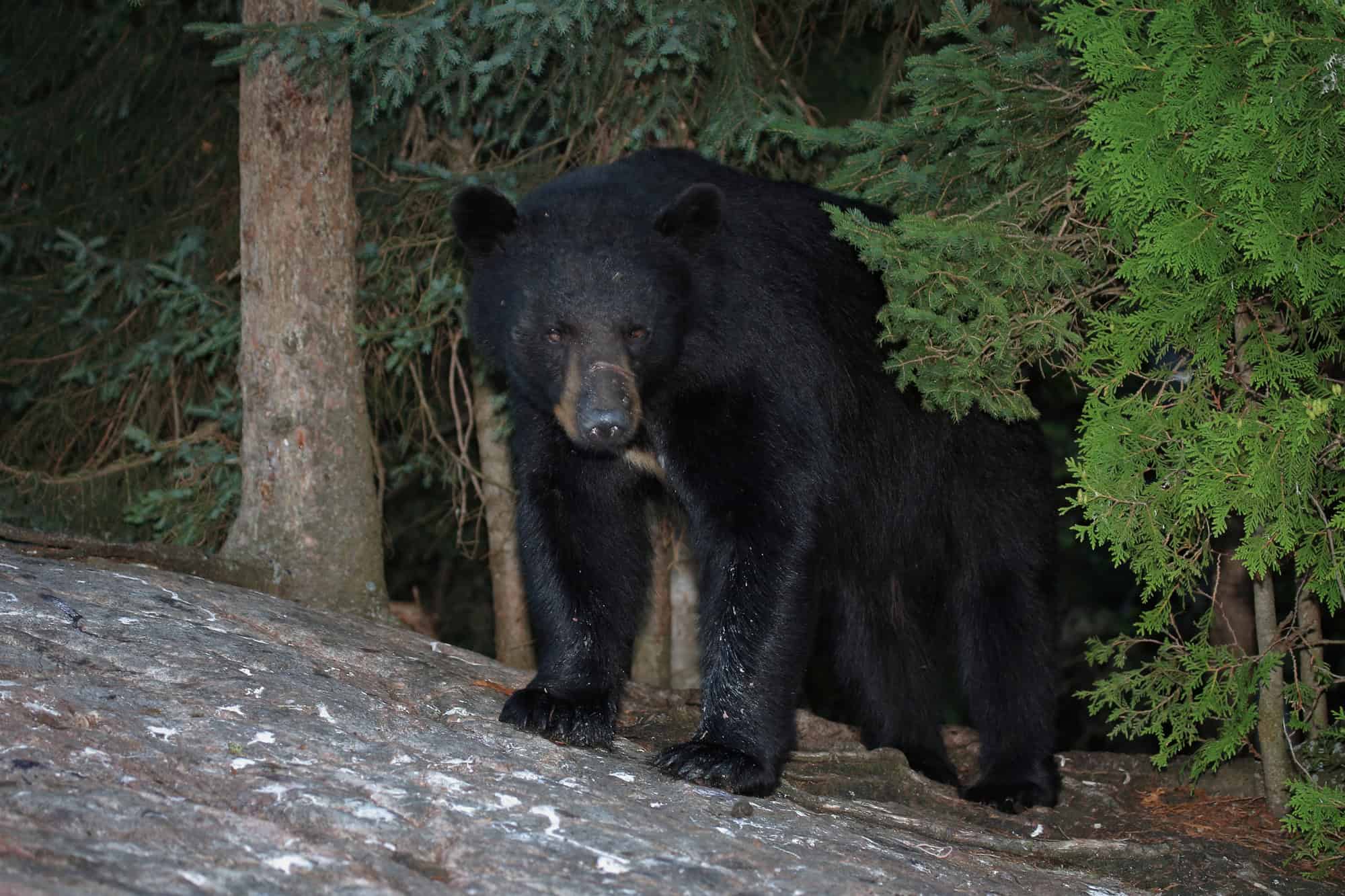
California is home to the American black bear. Grizzly bears used to roam the state but are now extinct in California.
2. Where are bears most commonly found in California?
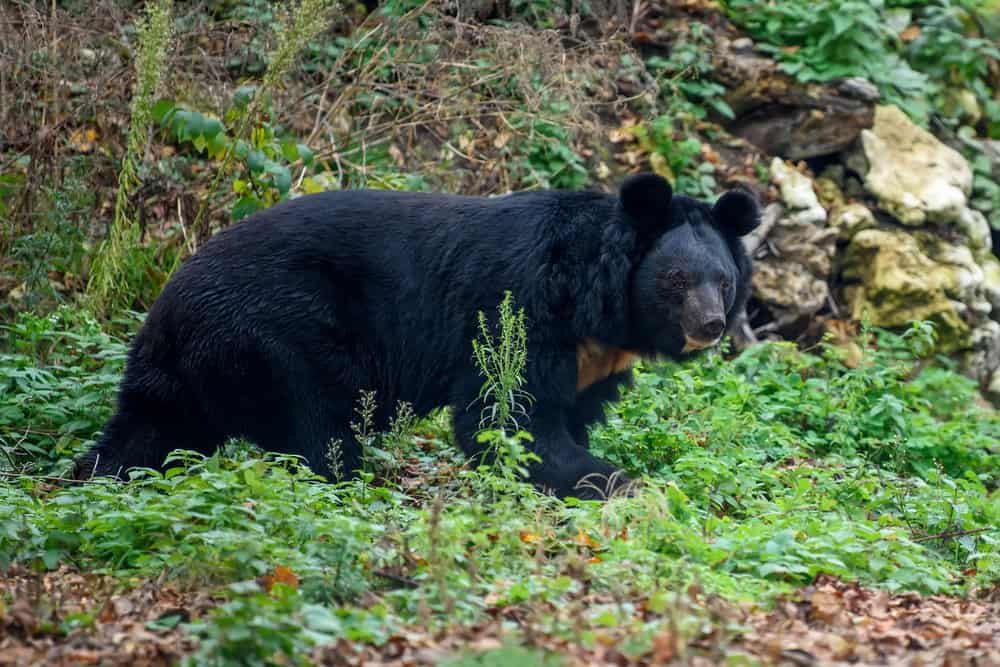
Bears are commonly found in the Sierra Nevada, the San Gabriel Mountains, and other forested regions.
3. What should I do if I see a bear in my neighborhood?

Stay calm, do not approach the bear, and report the sighting to local wildlife authorities.
4. Why do bears enter residential areas?
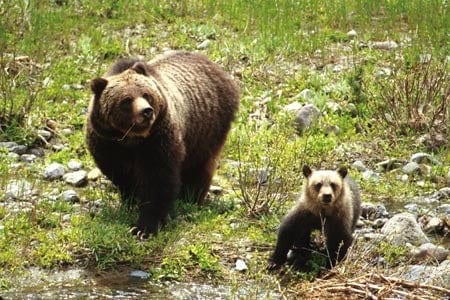
Bears often enter residential areas in search of food, especially if they find accessible trash, pet food, or other attractants.
5. Are black bears dangerous to humans?
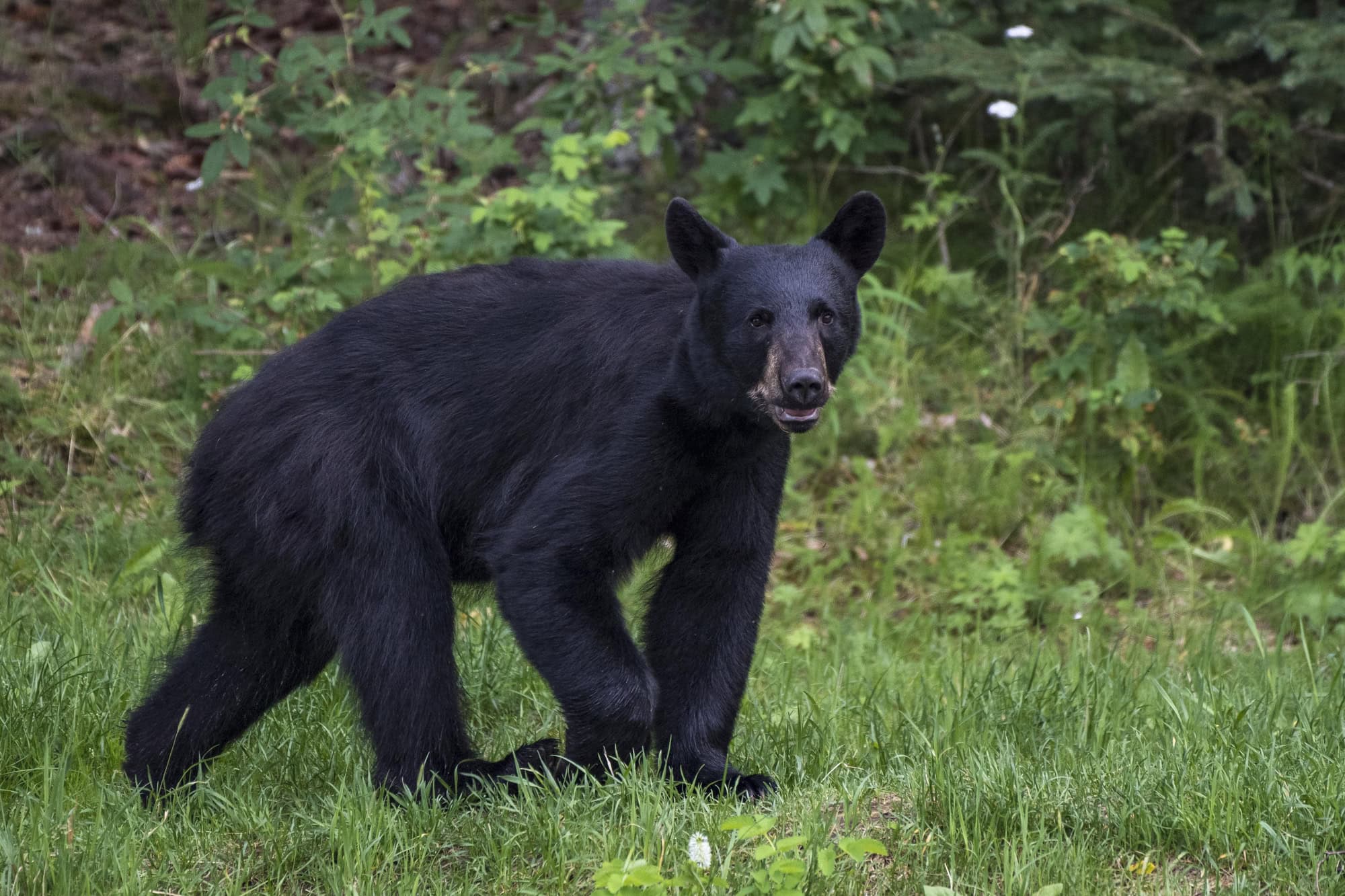
Black bears are generally not aggressive towards humans but can be dangerous if they feel threatened or cornered.
6. How can I bear-proof my home?
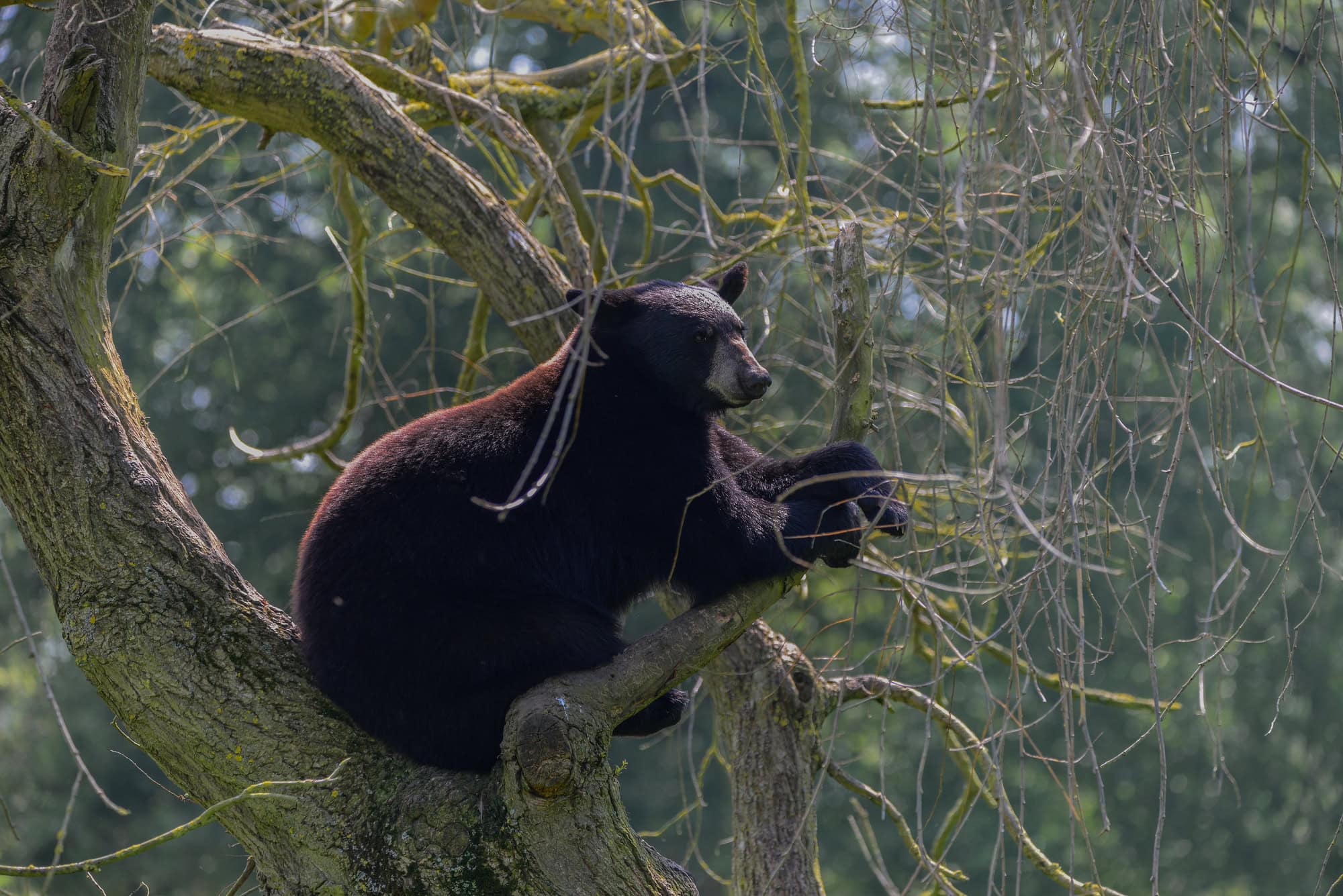
Secure your trash in bear-resistant containers, remove food attractants from your yard, and close windows and doors.
7. What do I do if a bear enters my house?

Stay calm, do not confront the bear, and try to give it an escape route. Call local authorities for help.
8. Are there any legal protections for bears in California?

Yes, black bears are protected under state law. It is illegal to harm or harass them.
9. How does hibernation affect bear behavior?
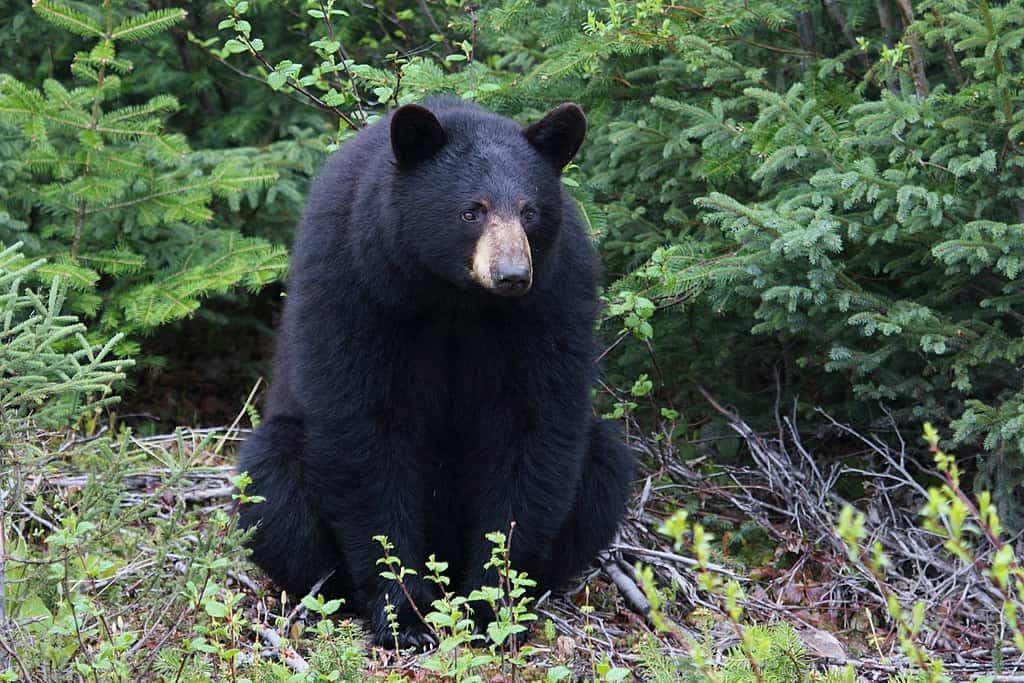
Bears enter a state of torpor during the winter, reducing their activity and metabolic rate, but they may wake up periodically.
10. What should I do if I encounter a bear while hiking?

Make yourself appear large, make noise, and slowly back away. Do not run.
11. Can bears climb trees?

Yes, black bears are excellent climbers and often climb trees to escape danger or find food.
12. What is the best way to store food when camping in bear country?

Use bear-proof containers or hang food in a bear bag at least 10 feet off the ground and 4 feet from any tree trunk.
13. How can communities reduce bear encounters?

Implementing measures such as bear-resistant trash cans, community education, and strict regulations on feeding wildlife can help.
14. Are bear sightings increasing in California?

Yes, bear sightings have been increasing in many parts of California due to habitat encroachment and food availability in residential areas.
15. What role do wildlife conflict specialists play?

These specialists manage reports of wildlife encounters, conduct community outreach and education, and help develop strategies to minimize human-wildlife conflicts.
Join our Forum for free today!

- These are The 5 Largest Great White Sharks Ever Recorded - July 19, 2024
- The Surprising Benefits of Big Game Hunting - July 18, 2024
- $100k+ Hunting Experiences The Most Expensive Animals to Pursue - July 17, 2024


